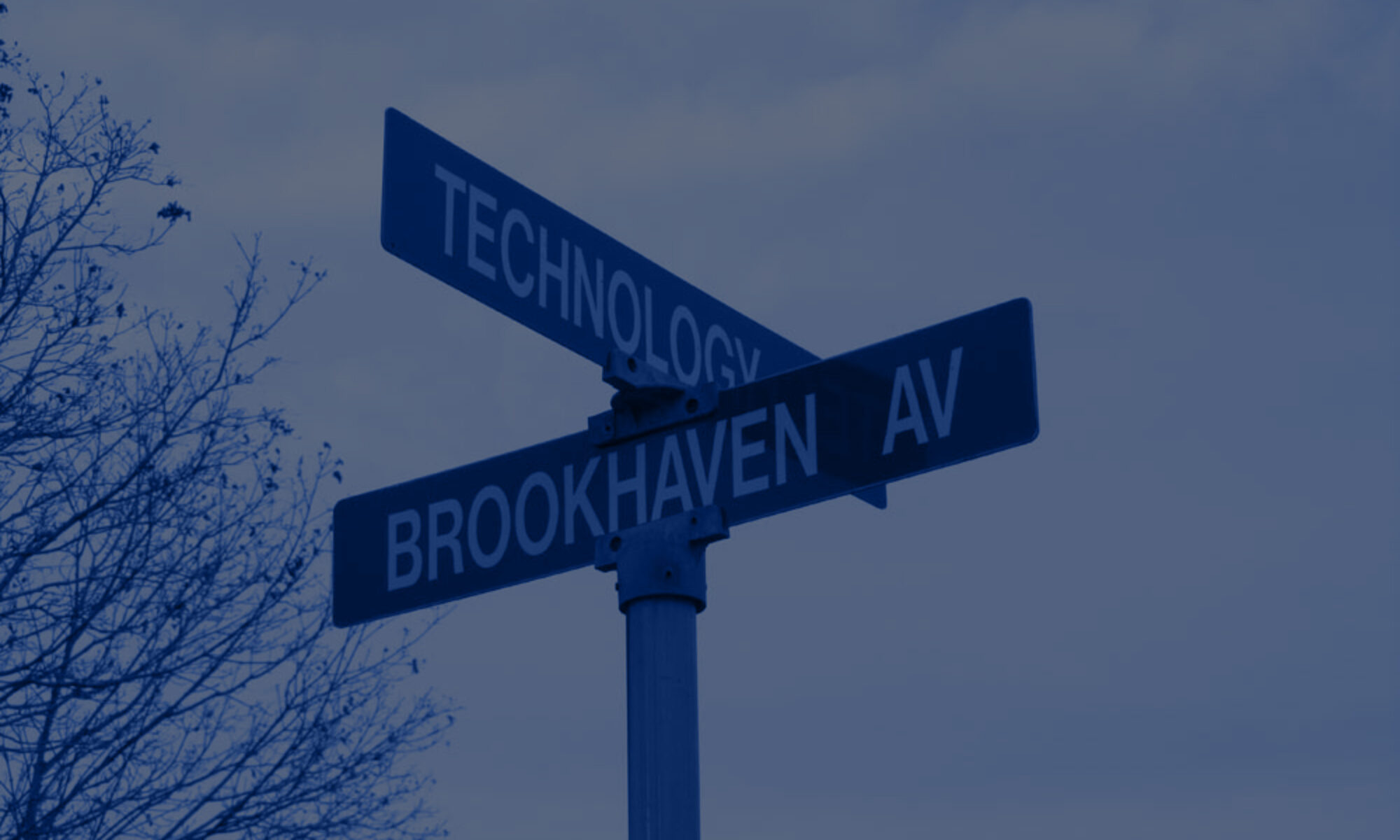Additive manufacturing is growing increasingly popular as an alternative for traditionally made parts and items. Particularly in dentistry this is true as the turnaround time for things like crowns, dentures, and other such implants is reduced significantly by 3d printing. However, there do need to be metrics put in place in order to evaluate the 3d printed parts against the traditionally made parts. In our experiment, we tested formlabs denture resin for 3d printing, against traditionally cast acrylic dentures in a bid to see which material can more reliably endure a human’s bite force. To do this we printed 9 samples in resin, 3 of each in different orientations as that plays a significant role in the mechanical properties of the resin, against 3 of the original acrylic parts. We saw that in each of the orientations that the 3d printed parts were able to outperform the acrylic under compressive loads such as what would be experienced in the human mouth.
This study involves the diagnostic potentials of Magnetic Resonance Imaging (MRI) and Positron Emission Tomography (PET) in Alzheimer’s Disease through research. First, Functional MRI has not been seen much with Alzheimer’s Disease cases. Arterial Spin Labeling Perfusion of the brain are being done in MRI, but it is not as receptor based as in Positron Emission Tomography. There is high resolution in Magnetic Resonance, and low resolution in PET. MRI uses radio frequency radiation and there is no ionizing radiation, therefore making this modality safer to use on patients. PET uses gamma radiation and a there is high degree of ionizing radiation, therefore posing damaging affects to the patient’s DNA in high doses.
This project shows that Gd effectively moves iron (Fe) a common metal in our brain and body. Dotarem and Gadavist comparison at 1, 2, 5 % on bananas that have many light minerals (i.e. Na, K, Ca) none of which can influence MRI signal but it also has Fe that brightens MRI picture if very low concentration, and darkens if high. In our study, we found that cold banana loses 27% of max signal over 13 mSec TE range, while heat shocked banana loses 19% of signal over the 13mSec TE range. Our work shows that signal is lost due to heat, also due to the polymeirsation of carbohydrates. Since Gadavist has twice the viscosity than Dotarem, brightness dissipate naturally, it is not Gadavist or Dotarem that are diffusing, making bright signal, but certainly the iron recruited from banana by Gadavist that was more effective than Dotarem to create brightness. This study confirmed the extraction of iron from banana is exacerbated with the use of MRI contrasts media.
We have been working to test possible bio metal displacement (particularly iron) from their native bioenvironment by external contrast agents. An extension of this work is the effect of heat shock and comparing the contrast diffusion pattern to simulate the effects that global warming may have on enhancing metal toxicity on biological tissue. By obtaining data from two different classes of apples and using two contrasts (Gadavist and Dotarem), we’ve been able to observe that among the samples that have received heat shock there is an increase in x-ray absorption. This has been of particular interest because both contrasts have the same atomic number and an increase in x-ray absorption may indicate an increase in gadolinium within those particular areas and hence give insight on what toxic effect it can have on biological tissues of aquatic species and mammals.
Astrophotography images helped many scientists throughout the history to understand the universe and discover our sky wonders by studying, analyzing, and classifying astrophotography images. In this research I’ll discuss how we can identify astrophotography images using machine learning. This study focuses on the different types of galaxies. There are six types of galaxies; elliptical, spiral, barred spiral, and irregular. But in this research, we will be studying just two types of galaxies Elliptical and Spiral using machine learning. The main goal is to allow our trained model to identify any taken images using Keras machine learning library in Python programming language.
We are exploring the effects of radiological organometallic contrasts on native metals in biological tissues, in particular, on fresh bananas and apples as model carbohydrate matrix. The contrasts compared are Gadavist, and Dotarem (two stable MR contrasts, with Gadavist having twice as many Gadolinium atoms as Doterem). But its x-ray absorption power is only 6% higher than Dotarem raising the doubt if these contrasts remain in original stable form in acidic fruits. Hence low kV X-ray investigation may open a new method to test the fate and toxicity of heavy metal pollutants in our ecosystem.
Tissue engineering has been used to replace/repair tissues to patients that have diseases, genetic errors, congenital abnormalities, and traumatic injury. Tissue engineering is meant to be a cure for patients and not just a treatment. There is a method called photolithography and it is used to fabricate the scaffolds. Main components of the photolithography are “photo-curable material” and an “elevator system”. There are many researchers finding better ways of improving the methods of tissues engineering and when expanding on tissue engineering, it allows us to understand other organs that has complex structures so we can better improve in the medical field.










